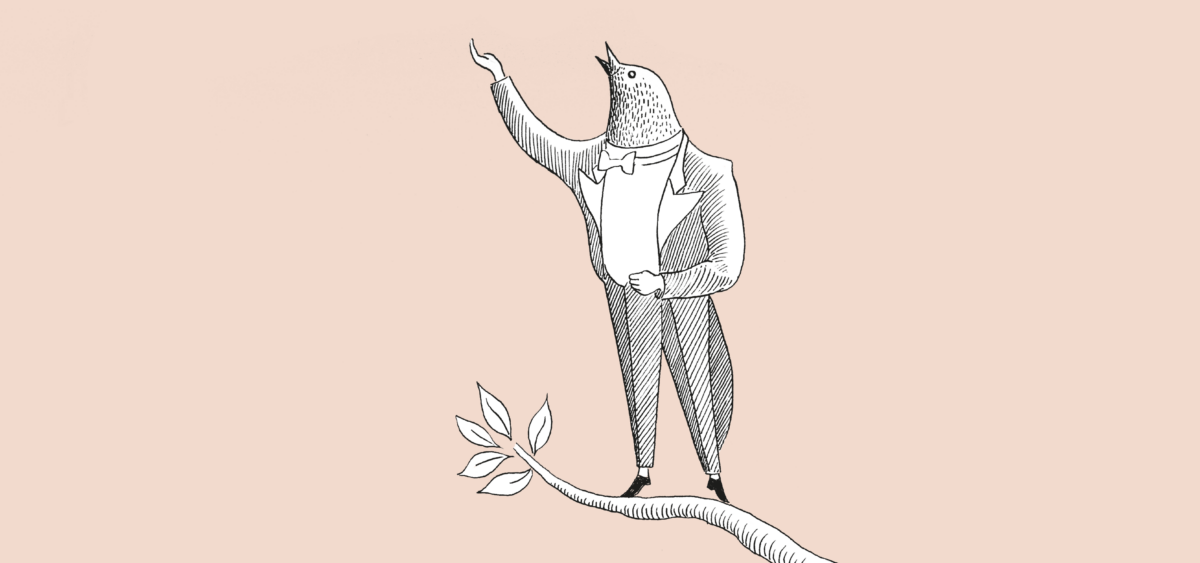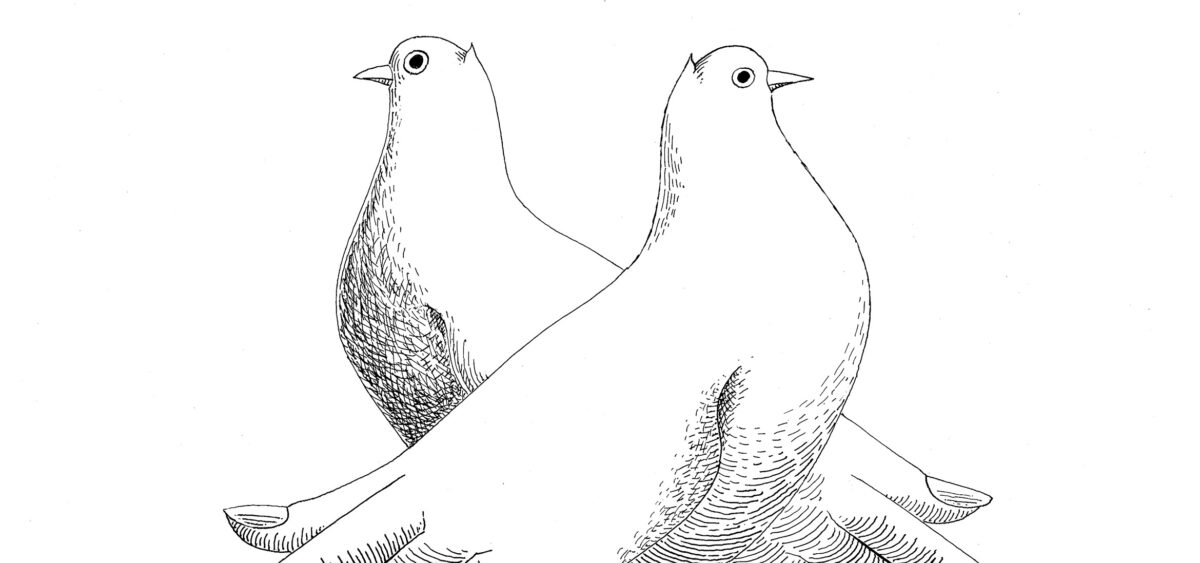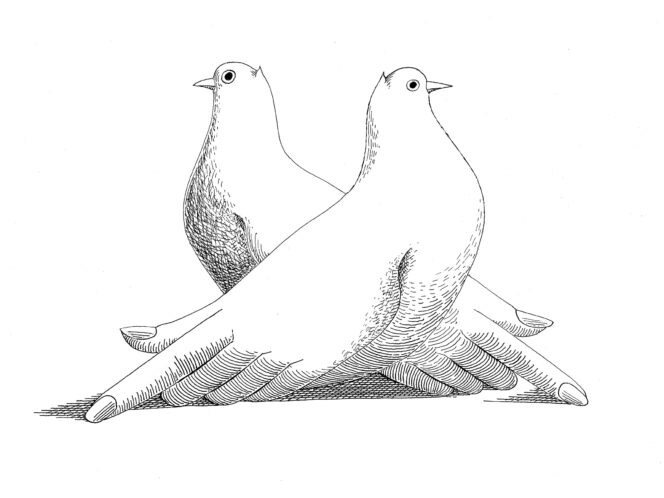
Just as some human languages are becoming extinct, so too are the songs of various birds dying out as they’re supplanted by other birds that are more aggressive and better adapted to life in urban spaces. Although identifying those songs is a tricky, time-consuming art, it can also become a wonderful, lifelong passion.
Kroo-lik, kroo-lik (which sounds like the word for ‘rabbit’ to a Polish ear)—that’s the mysterious noise I heard one night, coming from outside my window, clearly loud enough to rouse me from my dreams. I grabbed the pencil and paper I’ve learned to keep on the bedside table in case I need to jot down a sudden idea. As soon as I got up the next morning, I started investigating on the internet. I found nothing to tell me which bird says kroo-lik, so I decided to change my approach and to focus on listening to recordings of bird calls. One of them confirmed that what I had heard was a female tawny owl. If I were superstitious, I’d have been worried (“When the tawny owl shrieks, the devils rejoice”—that’s a saying cited by an ethnographic reference book called Śmierć w obrzędach, zwyczajach i wierzeniach ludu polskiego [Death in Polish Folk Rituals, Customs and Beliefs], which adds that in Germany they call this actually rather charming bird Totenvogel, meaning “bird of the dead”). But instead I started wondering about the noises made by various birds and how to write them down because the field guides I consulted said that Mrs Tawny Owl doesn’t cry kroo-lik, but kyoo-vit.
Are You Awake? Me Too—Cries the Great Horned Owl
My first attempts at deciphering the signals on the “bird radio” were quite frustrating. While walking in the forest, I’d often had the experience of hearing an








